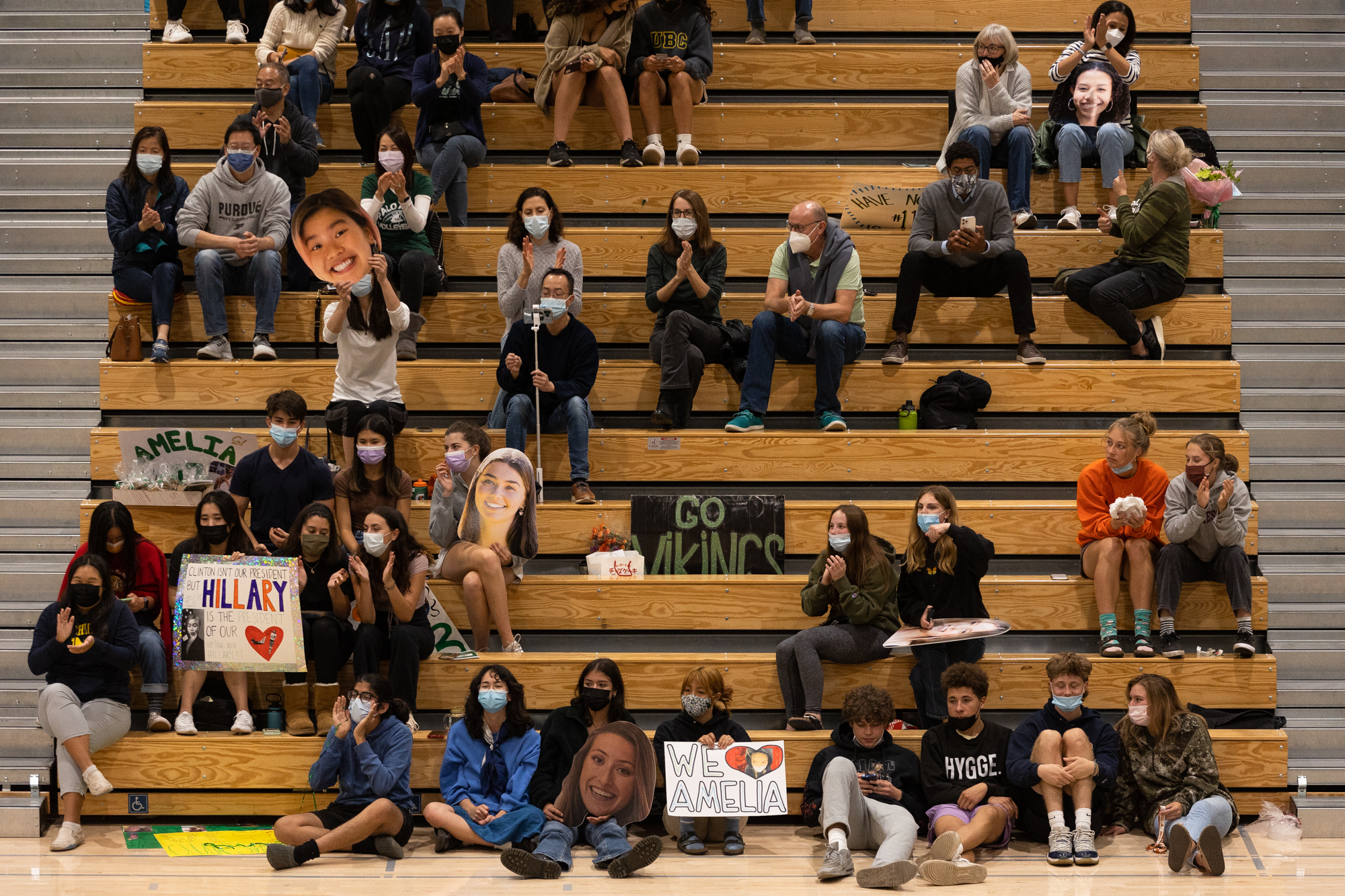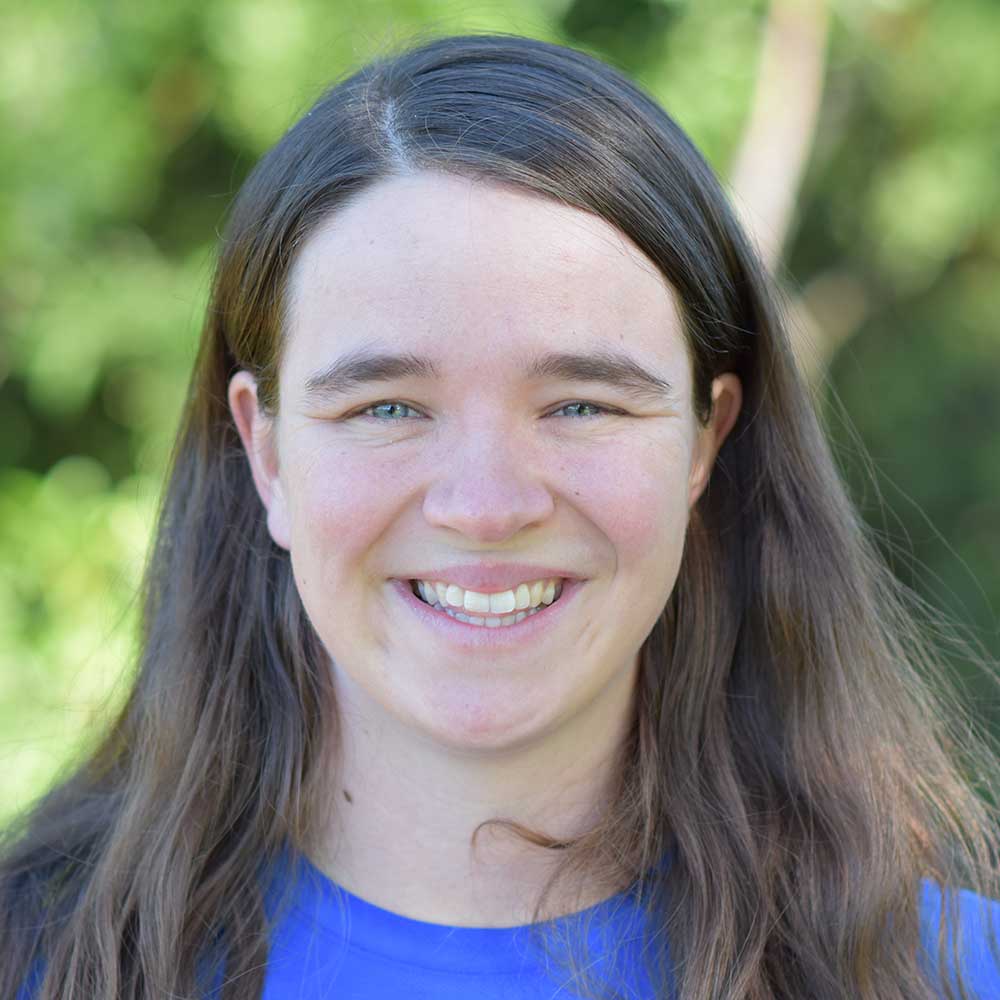The number of young people on the Midpeninsula is shrinking, even as the overall population grows, mirroring a trend throughout California, recently released data from the 2020 U.S. Census shows. The children and teens are also becoming increasingly non-white, although many towns remain far more racially homogeneous than the region overall.
Santa Clara County saw the number of people under 18 drop by 5.4% between 2010 and 2020 (from 429,545 to 406,542), even as the total population increased by 8.7%. In San Mateo County, there are now 3.5% fewer children than a decade ago, decreasing from 159,772 to 154,206, despite a 6.4% increase in the overall number of people living in the county.
The region isn't alone in seeing a smaller number of young people, even as the broader population swells. Statewide, the total number of children has dropped 6.3% over the past 10 years, even as the overall population has grown 6.1%.
With the overall population increasing and number of young people decreasing, the share of Santa Clara and San Mateo counties residents who are under 18 has dropped. In 2010, 24.1% of Santa Clara County residents and 22.2% of San Mateo County residents were under 18. Today, those shares are 21% and 20.2%, respectively. Statewide, the share of young people has dropped from 25% to 22%.
A few local towns — notably Mountain View — did manage to see an uptick in their number of young residents, but those increases were generally overshadowed by larger jumps in the overall population within those areas.
Among the children and teens living on the Midpeninsula, the share identifying as Asian increased substantially, as did those selecting more than one racial group. The portion of white youth dropped, as, to a lesser extent, did the share of Hispanic young people.
The census is conducted every 10 years and collects data on the U.S. population that is used for a variety of purposes, including congressional redistricting. The information gathered includes the total number of people living in given geographic areas, as well as their race and whether they are an adult.
Race and ethnicity data is collected on the census using two questions: one asks if the respondents identify as Hispanic or Latino; the second asks them to pick their race, which may include selecting multiple options. Hispanic or Latino does not appear on that list.
In this article and its accompanying graphics, people who identified as Hispanic or Latino are listed as a single category. All other categories are made up only of those who selected "not Hispanic or Latino."
Countywide changes
Asian people now make up the largest share of those under 18 living in Santa Clara County, while Hispanic people remain the plurality of San Mateo County residents, despite increases in the Asian population.
Today, 36.8% of Santa Clara County young people identify as Asian, 33% as Hispanic, 19.7% as white and 7.6% as more than one racial group. In San Mateo County, 32.5% of young people identify as Hispanic, 27.9% as white, 25.7% as Asian and 10.4% as two or more races. Much smaller shares in both counties identify as other racial groups, including Black and Pacific Islander.
Compared to adults, young people in both counties are substantially less likely to be white. Just 19.7% of those under 18 in Santa Clara County are white, compared with 31.1% of the adult population. White people make up 27.9% of youth in San Mateo County, compared with 38.2% of adults.
On the flip side, young people are more likely to be Hispanic or multiracial than adults.
In Santa Clara County, more than double the share of young people (7.6%) is multiracial compared to adults (3.1%). In San Mateo County, it's nearly three times the share, with 10.4% of young people picking more than one racial group, compared with 3.8% of adults.
Roughly a third (33%) of Santa Clara County young people are Hispanic, versus 23.1% of adults. In San Mateo County, 32.5% of youth are Hispanic, compared to 23.2% of adults.
Taking a closer look
With few exceptions, Midpeninsula cities grew in the last decade, but none saw their share of young people keep up. A few cities have managed to eke out increases in the number of people under 18, but without exception, these cities saw a larger increase in their overall population.
Mountain View had the most notable increase in its youth population, with an 8.7% jump, but the city's total population jumped 11.2%, which was one of the largest increases on the Midpeninsula. That meant the portion of the overall population that's under 18 still dropped slightly, from 19.7% to 19.3%.
Cities like Palo Alto and Los Altos saw an essentially flat number of young people, even as their overall populations jumped. Palo Alto saw a 0.8% drop in the number of youth, while the overall population increased 6.5%. Los Altos overall increased 9.1%, while the number of youth rose just 0.19%.
Many cities saw more substantial drops in the number of children and teens. In East Palo Alto, the change was dramatic, with the number of youth plummeting 15%, even as the overall population grew 6.7%.
Redwood City grew by 9.7% but saw a 5.6% drop in its number of youth. Atherton grew 4% but by 2020 had 11.7% fewer youth. Woodside's population stayed roughly flat, with a 0.42% increase, while the number of young people dropped 12.9%.
North Fair Oaks, an unincorporated area near Redwood City was one of the only places on the Midpeninsula to see its overall population drop, with a decrease of 4.5%, but its youth population plunged far further, dropping 17.6%.
Racial breakdown, city by city
Although Santa Clara and San Mateo Counties overall are racially diverse, many individual cities and areas in the Midpeninsula remain far more racially homogenous.
In cities like Atherton, Portola Valley and Woodside, over 60% of those under 18 are white, which is far higher than the 27.9% of that age group that's white in San Mateo County overall. Places like East Palo Alto and North Fair Oaks, on the other hand, have a population that is nearly 80% Hispanic.
In Santa Clara County, 33% of youth are Hispanic, yet Palo Alto (10.1%), Los Altos (6.3%) and Los Altos Hills (5.9%) all have far smaller shares of Hispanic young people. They each have a substantially higher share of white youth than the county overall.
A few cities have a racial composition of young people that's more in line with its county. That includes Mountain View, where 23.9% of those under 18 are Hispanic, 32% are white, 29.8% are Asian and 12.3% are multiracial.



Comments
Registered user
Another Palo Alto neighborhood
on Oct 29, 2021 at 10:52 am
Registered user
on Oct 29, 2021 at 10:52 am
From the charts above, it looks like Palo Alto's ethnic diversity has significantly improved, with increases in every one of the measured categories other than white shown above. That is consistent with what I am seeing among my neighbors and in our schools.
It would be interesting to see economic diversity charted in a similar way. I think a lot of erroneous assumptions about Palo Alto's population are driving decision-making. While we do have community members who are billionaires and millionaires (who mostly live in one part of town), the vast majority of PA residents do not fall into that category--which is why more than half of our city's residents are renters. It's true that we have some wildly wealthy residents. We also have many more local people in my modest neighborhood who are really struggling to get by.
I would really appreciate reporting on economic distribution. Thank you.
Registered user
another community
on Oct 29, 2021 at 11:51 am
Registered user
on Oct 29, 2021 at 11:51 am
Lack of diversity in Atherton, Woodside and Portola Valley? Are we sure these census records are correct? California is very diverse, and without further explanation, I'll just have to except reality. Life is so unfair.
Registered user
Old Palo Alto
on Oct 29, 2021 at 3:24 pm
Registered user
on Oct 29, 2021 at 3:24 pm
Also employment base — Race and correlation to jobs. It’s so obvious where Palo Alto, Woodside, Atherton, Los Altos house cleaners, cooks, gardeners, nannies, hairdressers, plumbers, day laborers reside exist by a thread.. Let’s get real … scrambling for fair rents lower housing costs … tripling up tiny rentals so their 2% er employers can maintain and grow their massive amounts of property space and pay said above the lowest hourly wage possible with zero no benefits and fire them on a whim. And these employers expect 100% loyalty from “workers”.
Registered user
Barron Park
on Nov 4, 2021 at 11:20 pm
Registered user
on Nov 4, 2021 at 11:20 pm
Whaaat? There are fewer kids when fewer families can afford to live here? What a shock! I never, let me tel you, NEVER, would have seen THAT coming!
Also the shock at the lack of diversity is incredibly rich. Newsflash: only white and Asian does not a diverse population make. During my time in Palo Alto public schools, there were barely any Latino and African-American students. Of those few, most of them are from East Palo Alto. I can think of maybe two or three people that I knew who actually lived in Palo Alto proper. This is not a real secret, if you have eyes, you know exactly how “diverse” Palo Alto is. If a child understood that, then you do too.
Registered user
Old Palo Alto
on Nov 5, 2021 at 4:52 pm
Registered user
on Nov 5, 2021 at 4:52 pm
"only white and Asian does not a diverse population make"
The white washing of Asians continues....
Registered user
Adobe-Meadow
on Nov 7, 2021 at 8:59 am
Registered user
on Nov 7, 2021 at 8:59 am
People live in the vicinity of where they work. This area is a high tech area. That means that the families have to generally have a high tech background. That starts in school - Latino and Black need to study the right courses in high chool and go on in college. Quit making excuses for everyone who does not make the effort in school to progress in the area they live in. Move to LA - a location that has every type of job possible. No excuses in LA - also San Jose has a wider business diversification. This is about jobs - study in school for the job market you want to be in. It is not everyone else job to educate all of the childern in any one area. And we do not need to subsidize every one who does not go to school and make the personal effort to learn how to work.
Registered user
Crescent Park
on Nov 7, 2021 at 9:31 am
Registered user
on Nov 7, 2021 at 9:31 am
@Me 2 -- I cannot agree more. Asia has close to 5 billion people, something like 20x that of North America and 60% of the world's population and ethnic diversity.
The American flattening of "Asian" by the America to fit its narrow political narrative is maybe the most American thing possible. The first time I heard Asians lumped together as "white adjacent" I laughed out loud because I thought it was a joke. Sadly no.